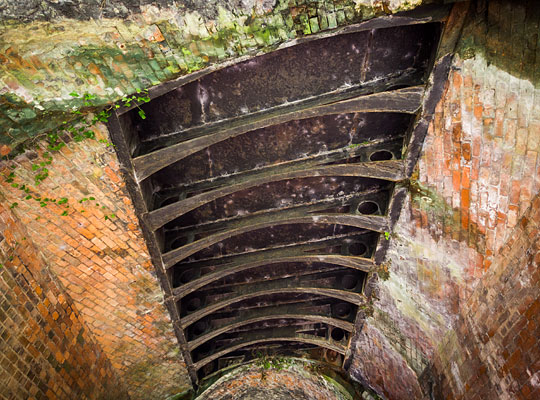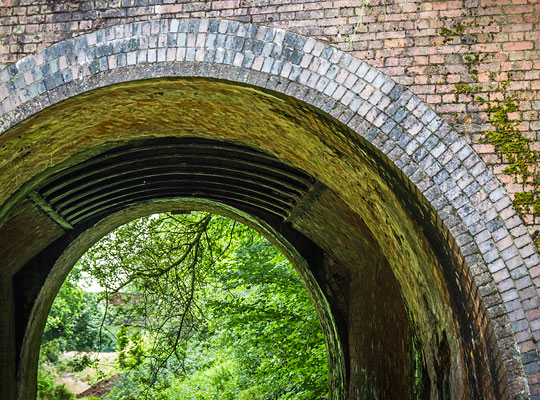Halberton Aqueduct
Halberton Aqueduct




















The merchants of Bristol saw big opportunities when, in 1835, the Great Western Railway (GWR) secured Parliamentary approval for its main line between the city and London. To capitalise further, they sought to develop a connecting route southwards to Exeter from where ships crossed the Channel to continental Europe. A prospectus for their scheme was issued in October of the same year and no difficulty was encountered raising the £1.5 million needed for it to progress.
Fulfilling the role of Engineer was the GWR’s Isambard Kingdom Brunel whilst William Gravatt, his assistant, surveyed the route. Royal Assent for their plans was granted on 19th May 1836; however obtaining the funds for construction proved a struggle. It was the autumn of 1839 before the Directors informed the half-yearly shareholders meeting that the company was in a position to push forward the section from Temple Meads to Bridgwater. Thus the Bristol & Exeter Railway (B&ER) was completed in stages, with the first being opened on 14th June 1841. Taunton was reached on 1st July 1842 and Beam Bridge on 1st May 1843. Trains finally got through to Exeter on 1st May 1844.
The following year, the B&ER received authorisation for branches to Yeovil, Clevedon and Tiverton, the latter being five miles in length and estimated to cost £11,000/mile. Brunel recommended to the Directors that the line should adopt the atmospheric principle, whereby differential air pressure would provide propulsion power for the rolling stock. However the Board soon fell out with Brunel and the engineering responsibilities were transferred onto the shoulders of Charles Hutton Gregory, with John Daw of Exeter – who was subsequently declared bankrupt – appointed as the contractor.
Construction was delayed by land acquisition difficulties and the concerted efforts of the Grand Western Canal Company whose vigorous opposition to the branch through the Parliamentary process – driven by concerns over its likely commercial impact – ultimately proved fruitless. It did however place “unforeseen obstacles” in Gregory’s path where the two routes crossed near Halberton.
The canal passed over the railway on an aqueduct incorporating separate compartments for two tracks, although only one was ever laid. The structure was built in 1847 and, to facilitate the work, the waterway had to be blocked for several weeks at a cost to the B&ER of £1,200.
Around 25 feet above rail level, the water is contained within a cast iron trough, produced by Kerslake of Exeter, which is supported by segmental arches. These comprise sets of nine ribs – also cast iron – at the crown, with the load transmitted via plates into lower sections of brickwork and then into the abutments/central pier.
At each end of the compartments are spans constructed from four rings of brickwork to support the trough’s sidewalls and the towpaths. The fill material is retained by battered brick walls which curve outwards at their ends to form wing walls. To add further complexity, the structure is skewed to the line of the railway by about 20 degrees.
The branch’s opening was marked by joyous celebrations in Tiverton on 12th June 1848. However, as predicted, the railway’s arrival inflicted financial blight on the canal company as traffic levels declined. In 1864, the section from Lowdwells to Taunton was sold to the B&ER and closed three years later. The branch enjoyed greater longevity, surviving until 5th June 1967.
Extensive repairs to the aqueduct were undertaken in 1976 with the installation of a butyl rubber lining to stop leaks from the trough that was damaging the brickwork. The towpath was also waterproofed. A brick parapet was later added to replace the original timber fence.







